
Reports of Activities
- WCFS’23 International Conference in Tokyo NEW
- A Special Exhibition at WCFS’23 Report NEW
- Pre-conference Party for WCFS’23 Report NEW
- Corporate Exhibition Booth of WCFS’23 NEW
- WCFS’20 Rotterdam International Confab Report
- WCFS’19 Singapore International Confab Report
- Participation at Oslo, Norway's “Future City Expo ’18” Exhibition
- TV documentary series show our Sustainable Water City in New York
- A new concept for the safety of low-lying land areas from natural disasters - “Change the World, One Article at a Time”
WCFS’23 International Conference in Tokyo
From August 28th to August 30th 2023, Nihon University, Chodai Co., Ltd., and Waterfront Real Estate Co., Ltd. hosted the third “World Conference on Floating Solutions (WCFS’23 Japan)” at the Nihon University, Faculty of Science and Engineering Building No. 1 in Ochanomizu, Tokyo. The "WCFS'23 Japan" was co-hosted by the Society of Floating Solutions, Singapore (SFSS), the founding entity of floating solutions. This conference was held by both inface and online, having over 140 participants from Japan and abroad. Approximately a half of the papers presented were from overseas, with a total of nearly 60 papers presented from Japan and abroad. Due to the large number of papers, the conference was held parallel in the three conference rooms.
Day 1:
Following the welcome addresses by Mr. Soon Heng Lim, the founder of the Society of Floating Solutions, Singapore and Prof. Shigeru Tabeta, chairman of the conference executive organizing committee, the keynote speeches were presented by Dr. Takeshi Kinoshita, professor emeritus of the University of Tokyo, and Dr. Toshio Nakajima, CEO of the Waterfront Real Estate Co., Ltd., in the main conference room. In the afternoon, papers on four themes – Urban Planning, Technology/Innovation, Low Carbon and Offshore Wind - were presented in parallel in the three conference rooms. At the end of the first day, a welcome party was held in the conference venue.
Day 2:
In the morning, three keynote speeches were presented in the main conference room by Dr. Stefan Huebner of the National University of Singapore, Dr. Rutger de Graaf van Dinther, representative of Blue 21, Netherlands, and Dr. Koen Olthuis, Co-founder of the Waterstudio & Dutch Docklands who is world-renowned waterfront Dutch architect. In the afternoon, papers on seven themes – Urban Planning, Food & Others, Offshore Wind, Low Carbon, Architecture, Climate Change and Disaster - were presented. At the end of the second day, a banquet at the Hill-top Hotel, nearby the conference venue was held.
Day 3:
In the final day of the conference, technical tour for the introduction of visionary and innovative “eSG Projects” initiated by the Tokyo Metropolitan Government was organized. Following the briefing sessions by Tokyo Metropolitan Government and entrepreneurs engaging in the eSG Project, participants cruised in the Tokyo Bay by electric ship, including the project site of the project and explored development of the waterfront around the Tokyo Bay. At the end of the conference, participants enjoyed a buffet-style dinner was held at Takeshiba “Bank30” restaurant.
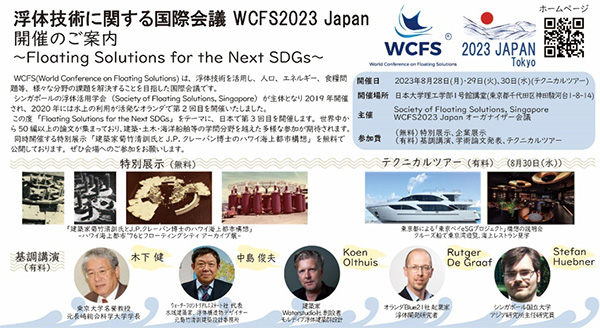
Poster of the World Conference of Floating Solutions (WCFS’23 Japan)
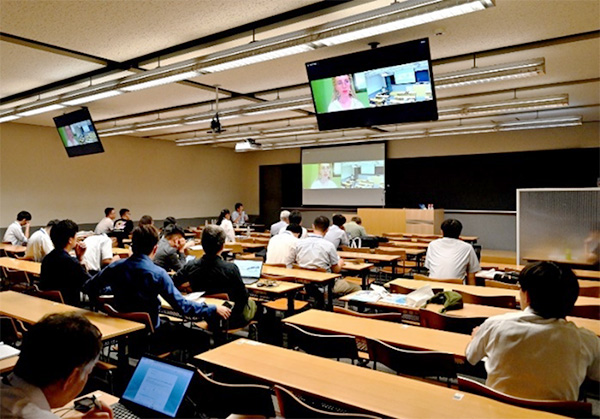
A glance of the “WCFS’23 Japan” held inface and online
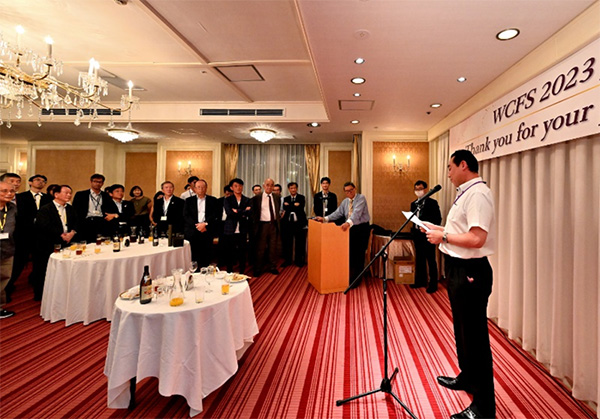
Banquet at the “Hill-top Hotel”
A Special Exhibition at WCFS’23 Report
In parallel with the presentations of the " WCFS'23Japan," a special exhibition of free of charge was initiated and organized by the Waterfront Real Estate Co., Ltd. for two days in the exhibition lounge of the conference venue. Many people visited the exhibition, the first endeavor of presenting the best practice on floating solutions in the past.
This special exhibition focuses on introducing the “Hawaii Floating City Project '76”, which was carried out by the University of Hawaii in the 1970s, and the "AQUAPOLIS" which was built and exhibited at the Okinawa Marine International Exposition in 1975 that was considered as a model for a future sea city. The theme of the special exhibition is “Architect Kikutake Kiyonori and Dr. J.P. Craven's Hawaiian Floating City Project,'' in which the history of marine architecture and design of sea city are integrated in relation to the architect's perspective and the state-of-the-art engineering technology on ocean structures. Considerable number of panels of various size were presented to facilitate recognition of the viable challenges in the past.
On the second day of the conference, during the afternoon coffee break, a briefing seminar was held by architect Shizuo Harada who engaged in Hawaii Floating City Project and Mrs. Mutsuko Kikutake Smith, widow of late Architect Kiyonori Kikutake in the special exhibition hall. Mrs. Kikutake disclosed many interesting facts, background and philosophy relating to the plan and design of the Hawaii Floating City Project that drew special attention from the participants. It should be mentioned that she flew from Hawaii, USA for this conference, special exhibition in particular.
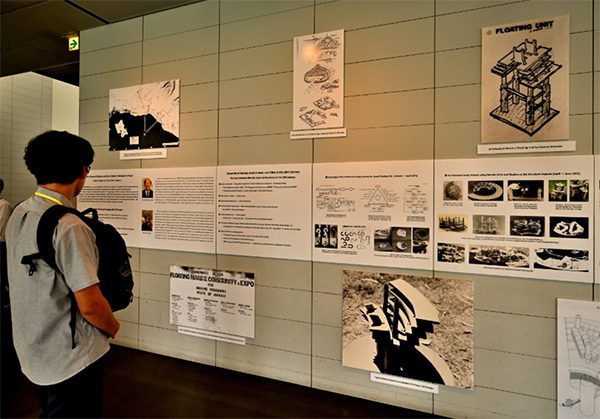
Visitor at the Special Exhibition Hall
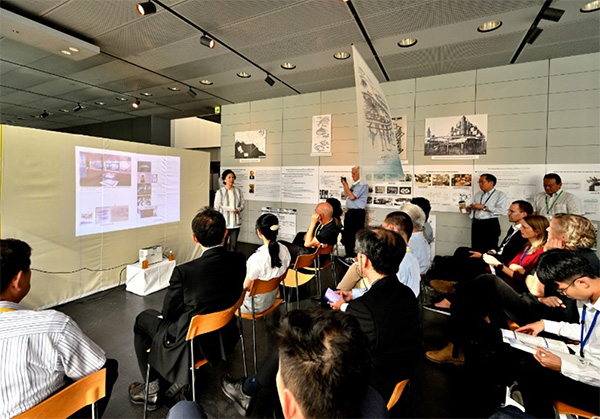
View of a short seminar conducted in the Special Exhibition Hall
Pre-conference Party for WCFS’23 Report
On the evening of Sunday, August 27th, the day before the international conference, a pre-conference party, sponsored by the Waterfront Real Estate Co., Ltd. was held at the “Matsumotoro” restaurant in Hibiya Park, Tokyo, with a total of about 50 invited guests from Japan and abroad that has deepened mutual friendships.
At the outset, the chair of conference executive committee, Professor Shigeru Tabeta of the University of Tokyo, addressed a welcome speech, followed by greetings from overseas guests. Then, “Kagami-Biraki” - a sake barrel opening ceremony - was carried out by distinguished guests wishing for success of the WCFS’23 Japan after which Professor Emeritus, Sam Tabuchi the member of the United Nations Committee, gave a toast. It was a lovely party.
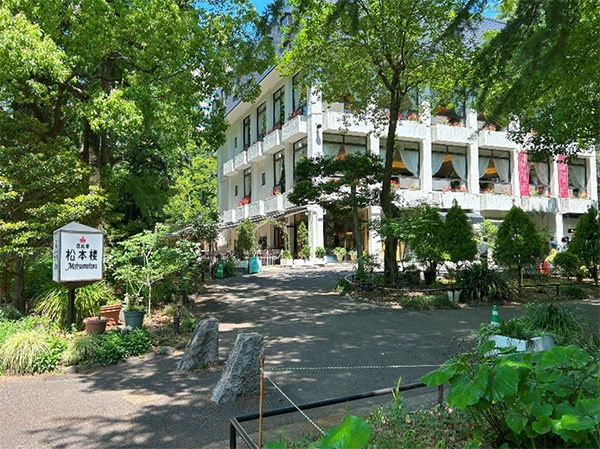
Outside view of “Matsumotoro” restaurant at the Hibiya Park, Tokyo
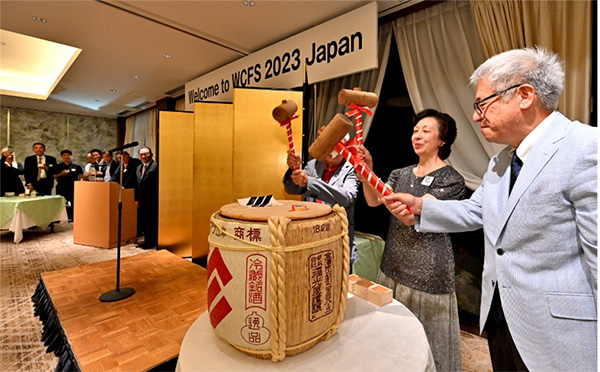
“Kagami Biraki” ceremony at the Pre-conference Party
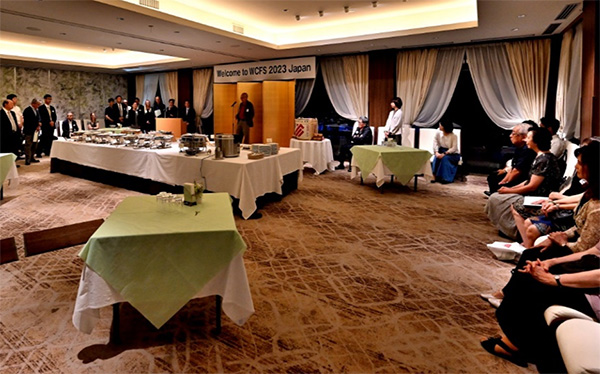
Pre-conference Party conducted at the “Matsumotoro” restaurant
Corporate Exhibition Booth of WCFS’23
During WCFS’23 Japan, a corporate exhibition for the Waterfront Real Estate Co., Ltd. and Waterpolitan Initiative was also presented in a corporate exhibition booth. In the corporate exhibition booths, several companies such as Chodai Co., Ltd., Shimizu Corporation, Cress Feed Inc, etc. showed their products. The corporate booths were set up adjacent to the Special Exhibition'. The Waterfront Real Estate and Waterpolitan Initiative promoted “Realization of a floating-type water city on land' and distributed reprint of two papers that were presented in the WCFS’23 Japan together with the brochures of company and a handout on "Sustainable Water City." In our booth, a concept of Water City on land was presented by a model case study applied on lowland of Koto district in Tokyo which was introduced by the Canadian public TV production entity as a part of “Sinking Cities” program and was aired in the United States in 2018. This exhibit attracted many visitors.
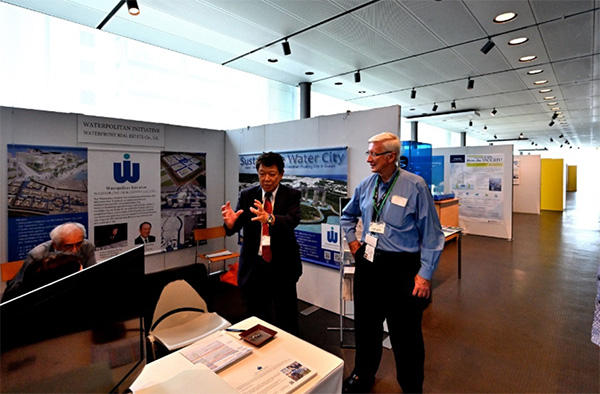
A corporate exhibition of Waterfront Real Estate Co., Ltd.(Waterpolitan Initiative)
WCFS’20 Rotterdam International Report
From October 6 to 8, 2020 Blue21 and Waterstudio hosted in Rotterdam, the Netherlands the international symposium “Paving The Waves” focusing on floating structures, in conjunction with Society of Floating Solutions, Singapore (SFSS). Initially it was to be held in the Dutch port city as a hybrid event, but with the COVID-19 pandemic on the spread, it was switched into an all-online confab, with a total of 53 presentations being made remotely.
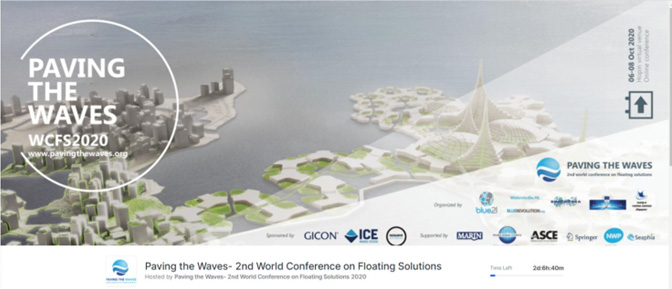
As the highlight of said symposium, the largest-class Dutch experimental basin now in operation at the research institute MARIN was utilized to test out the artificial floating platform / urban foundation for a seaborne city. The features of the tested floating structure was that segmentation of the ordinarily huge "box" sections according to floating parts then using "hinge" mechanisms to link the contiguous parts in order to enable the entire "unit" to move flexibly in response to the power exerted upon said structure by the waves.
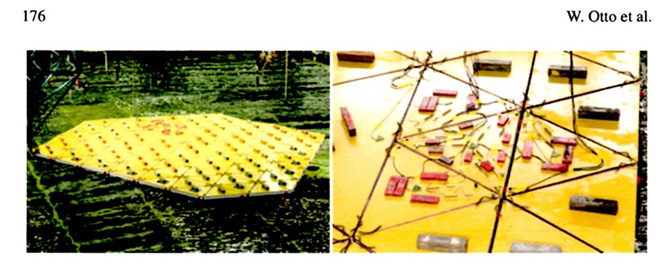
Fig.1 Model of floating base at the MARIN’s wave tank
As to an example of the presentations made during the event, there was ”A study on Stability of Floating Architecture and its Design Methodology” by Toshio Nakajima, Yuka Saito and Motohiko Umeyama, among other outstanding contributions.
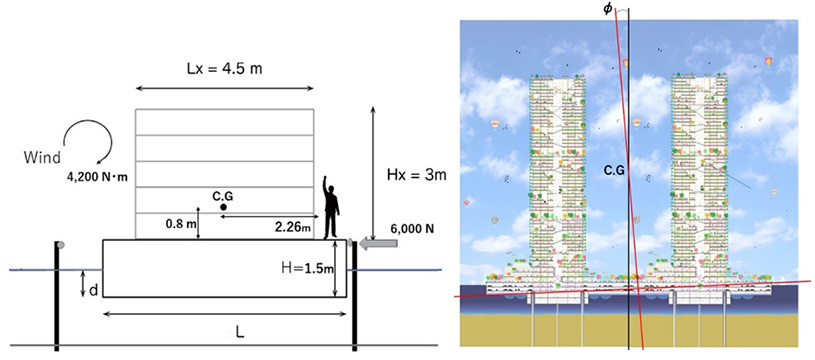
Fig.2 Two models for the design methodology for obtaining the sizes of the length
and the draft of the floaters
WCFS’19 Singapore International Confab Report
Society of Floating Solutions, Singapore (SFSS) from April 22 to 23, 2019 hosted an international symposium focused on floating structures, inviting experts in this field globally. 27 presentation papers were announced at the venue, National University of Singapore (NUS), with some 100 to 150 people in attendance to discuss hot topics. For site tours, participants visited a test plant on a lake, thought to be of a size leading the world, of a floating solar [photovoltaic energy] power generation facility, in addition to the experimental deep-sea waterbasin located at the university.
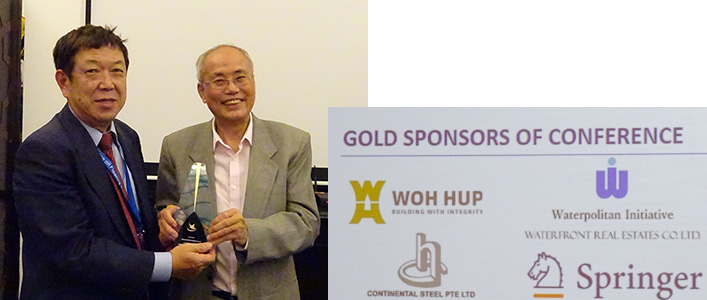
Fig.1 The ceremony for the Gold Sponsors of Conference
As regards an example of the presentations made during the event, there was ”An integrated floating community based upon a hybrid water system: toward a super-sustainable water city (by Toshio Nakajima and Motohiko Umeyama).”
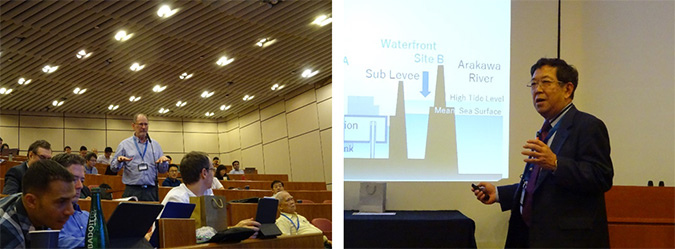
Fig.2 Conference room for the presentation of paper at WCFS’19
Participation at Oslo, Norway's “Future City Expo ’18” Exhibition
December 5 and 6, 2018 saw our movement's members in an Oslo suburb at the Norwegian "Evolve Arena" facility where "Future City Expo 2018" was held. At this venue we set up a booth to introduce the concept of the Waterborne City to the many attendees who wished to find out more.
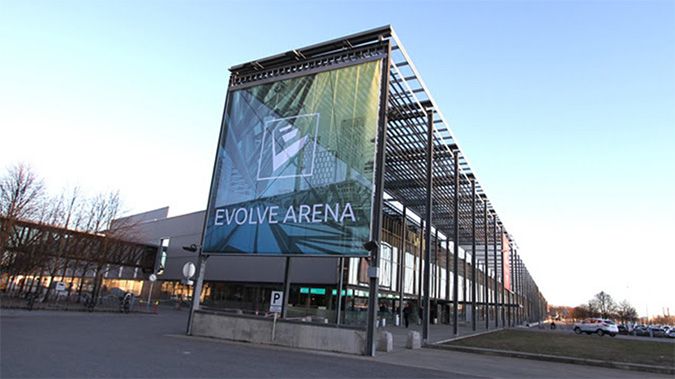
Fig.1 ”Future City Expo’18” at the EVOLVE ARENA, Oslo, Norway
Expo visitors comprised businesses and entrepreneurs, public servants and experts, educators and students, laypersons and others. One event of interest was the newly-renamed Norwegian oil development corporation Equinor making presentations and pushed such efforts related to their "Floating City" idea.
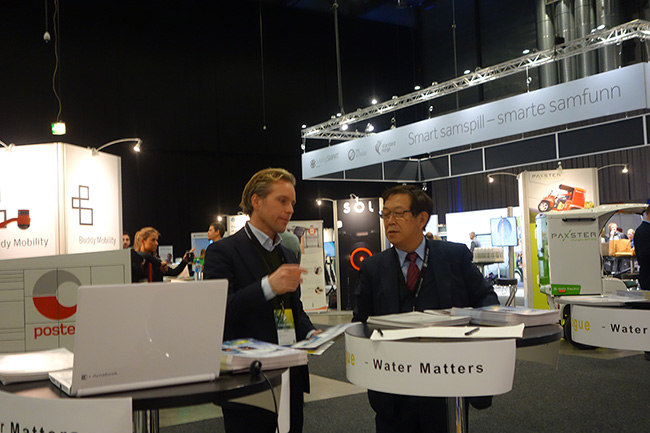
Fig.2 Visitor at the site of the "Sustainable Water City"
TV documentary series show our Sustainable Water City in New York
We contributed to the U.S. TV documentary series “Sinking Cities” in 2018. WNET, a New York PBS station, had asked us to introduce our “Sustainable Water City” in the TV program show “Peril and Promise” which it produced.
The Tokyo episode of this documentary series was broadcast on November 7th in 2018 over the PBS network; the series comprised four documentary segments covering New York, Tokyo, London and Miami, respectively. Additionally, a movie clip of the show was introduced at the venue of the Floating Cities event in December 2018 at Oslo, Norway.
About The Program
A new four-part TV documentary series explores how coastal cities and their inhabitants are preparing for a future with rising sea levels and changing weather. Set to air in Spring 2018, each hour-long episode will focus on a different city around the world: Tokyo, New York, Miami, and London. Through interviews with city officials, scientists and citizens, the audiene will gain insight into how cities are adapting for the future. The documentary will shed light on the innovative solutions being implemented to protect citizens against flooding and natural disasters.
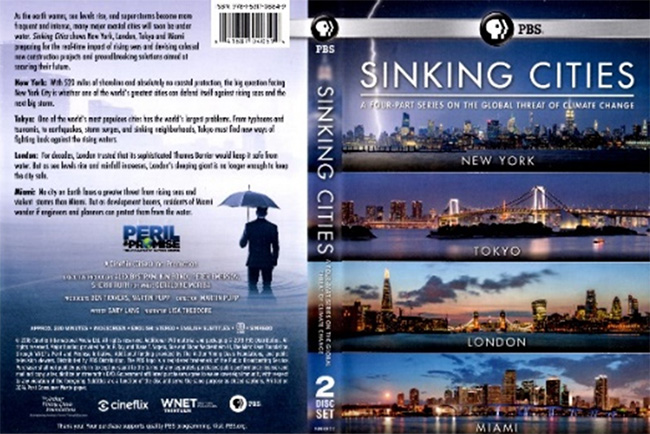
A new concept for the safety of low-lying land areas from natural disasters - “Change the World, One Article at a Time”
It was announced in 2016 that our paper in Journal of Ocean Engineering and Marine Energy (JOEME) entitled “A new concept for the safety of low-lying land areas from natural disasters” was selected as one of the 100 top papers among all papers published by Springer in 2015, as a ground-breaking paper that could help humanity as well as protect and preserve our planet. The content of this paper “proposes the establishment of bases using floating structures to safeguard from natural disasters, especially from flooding caused by heavy rain and storm surges caused by typhoons, tsunamis and/or earthquakes, in order to create an urban community base in man-made inlets and basins -- an idea that enables the attainment of a prosperous urban and rural environment which is sustainable in the long term.”
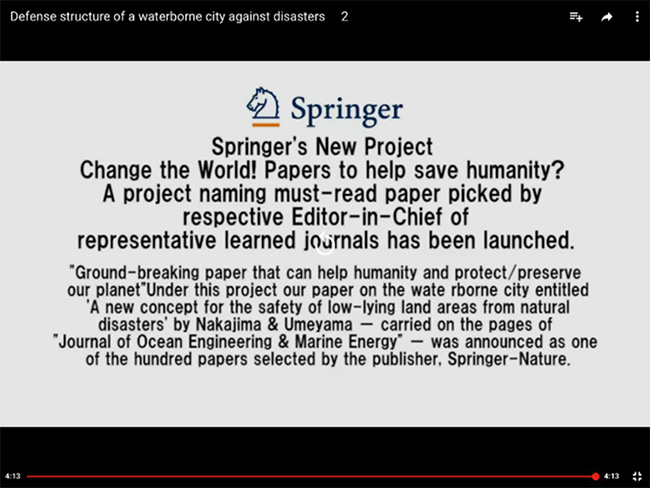
Fig.1 “Change the World, One Article at a Time”














